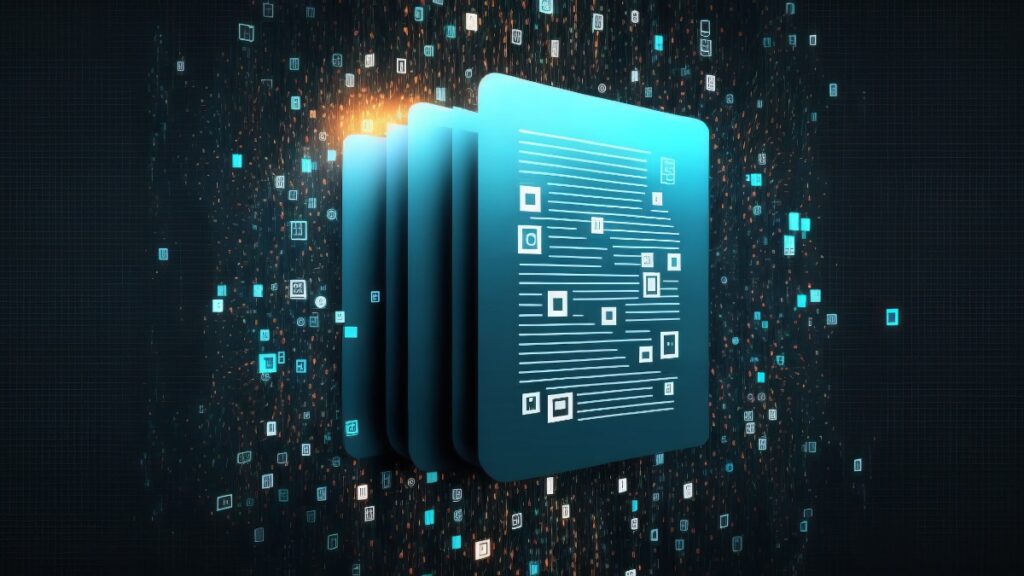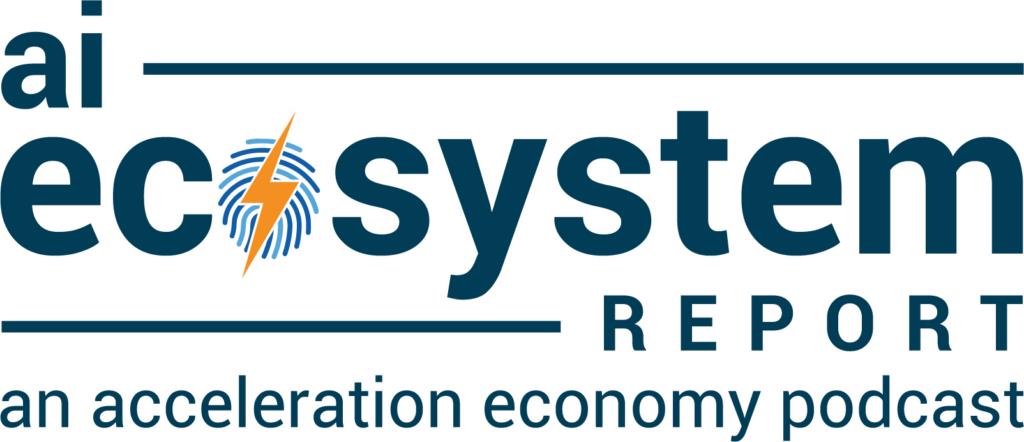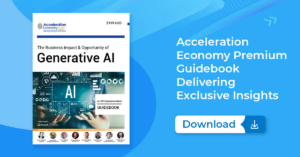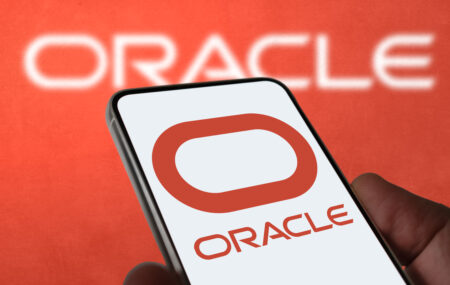In June, UiPath revealed new generative AI and specialized AI features at its TOGETHER conference in London. I recently caught up with the UiPath team for a deep dive into what these announcements mean for customers.
During our conversation, I learned that one of the key differentiators in UiPath’s approach to AI-driven automation, particularly generative AI-enabled options, is its focus on document processing. In this analysis, I’m taking a broader look at UiPath’s document processing capabilitiies and exploring practical examples of how it can benefit your business.
UiPath is on the Acceleration Economy Top 10 Shortlist of AI/Hyperautomation Enablers.
Which companies are the most important vendors in AI and Hyperautomation? Click here to see the Acceleration Economy Top 10 AI/Hyperautomation Short List, as selected by our expert team of practitioner-analysts
Tackling Semi-Structured and Unstructured Data
Document processing in UiPath falls under two functions, which it brands Communications Mining and Document Understanding. The company has been working on various capabilities to support semi-structured and unstructured document processing.
While the introduction of large language models (LLMs) has enabled some intelligent document processing (IDP) vendors to create specific use cases and develop models for particular document types, UiPath’s capabilities provide users with a more comprehensive offering, and the company has gone beyond a generic OpenAI integration.
Adding generative AI and specialized AI to Communications Mining — UiPath’s dedicated tool for data transformation and automation in email, chat, tickets, and other communications channels — and Document Understanding — the company’s core document processing tool — is elevating its existing features. UiPath enables document classification, extraction, and verification and is closing the gap in terms of unstructured document processing.
“We infuse AI across the platform,” says Kevin Kimes, director, analyst relations, product marketing at UiPath. “We bring it into our discovery capabilities, so process mining, task mining, communications mining, understanding where the opportunities are for process improvement,” he says.
“We bring AI into automation development, which is all about making sure users can create automations that work with unstructured data, the ability to program an AI-powered robot that can perform a task without all the explicit instructions that would traditionally be required if you want to do something with programming,” Kimes says. “Much of our work right now, especially our near-term roadmap, is about bringing integrations with OpenAI, third-party LLMs, and leveraging our own foundation model.”
Adding Generative AI to Document Processing
UiPath has introduced LLMs and GPT integrations into several document processing tasks, including document labeling.
With the new technology, users can dramatically reduce the time it takes to pre-label the documents required to get an accurate model. Now, with just the click of a button, users can instruct GPT to carry out the pre-labeling process with a single request. This action dramatically reduces the time required to label documents and produces a working model for processing documents moving forward.
The same functionality also supports classification. Building on the ability to read fields and other metrics through its existing IDP product, GPT will enable customers to classify documents quickly and accurately to support queries across multiple dashboards.
How the Generative AI Functionality Works in Practice
UiPath describes how Intellligent Document Processing augmented by GPT would play out in a specific use case: loan application processing:
- Read the email and identify intent using Communications Mining supported by LLMs
- Classify the attached documents with Document Understanding powered by GPT
- Process the application form with Document Understanding using a specialized AI model trained on documents pre-labeled with GPT
- Verify and extract data from the ID card with Document Understanding using a specialized AI model for ID cards
- Verify and extract data from the employment letter using Document Understanding with question answering powered by GPT
While UiPath has embraced generative AI, it’s using the technology to improve, not replace, its existing capabilities. Although document processing is just one of UiPath’s AI-powered functions, it signifies how the company is building on its existing successes to help customers achieve better outcomes.











